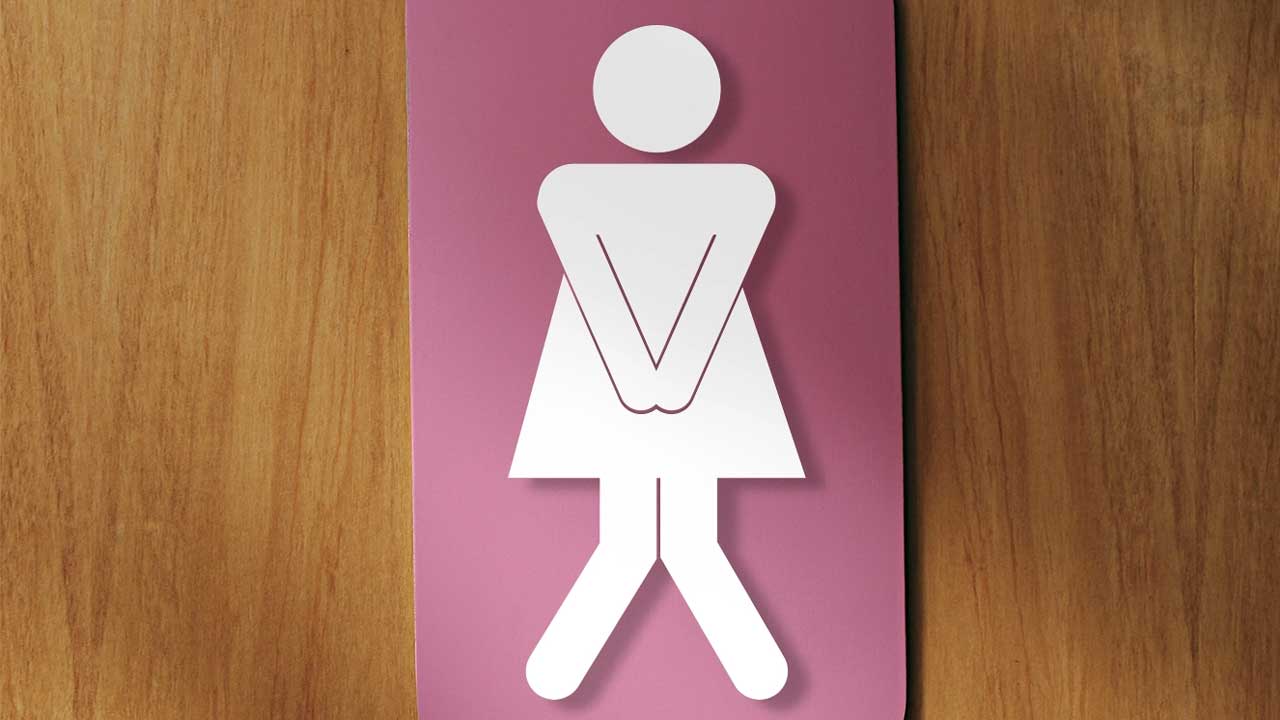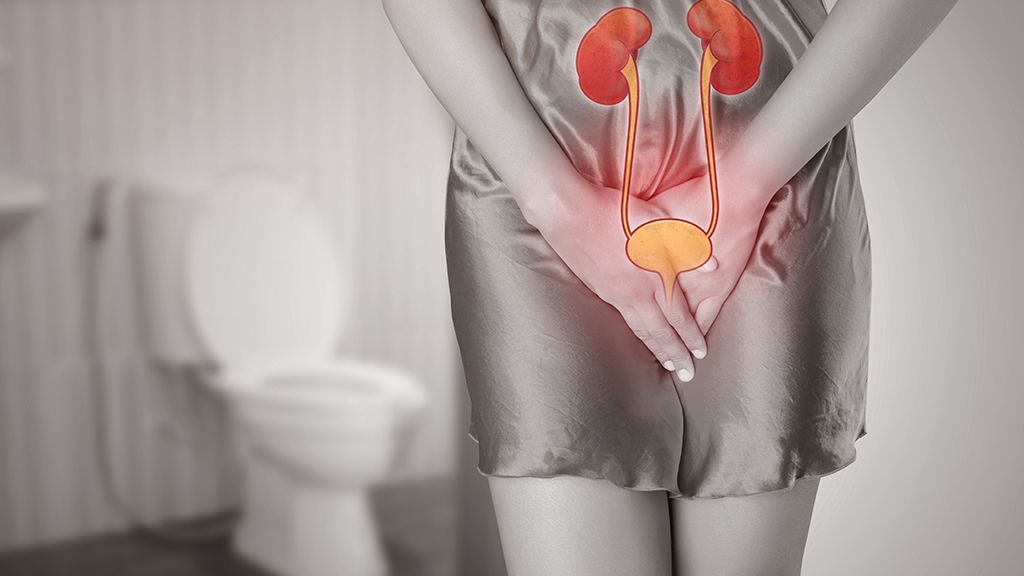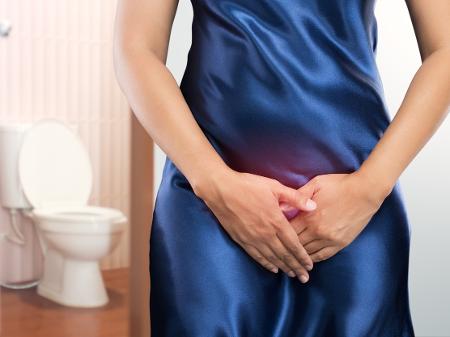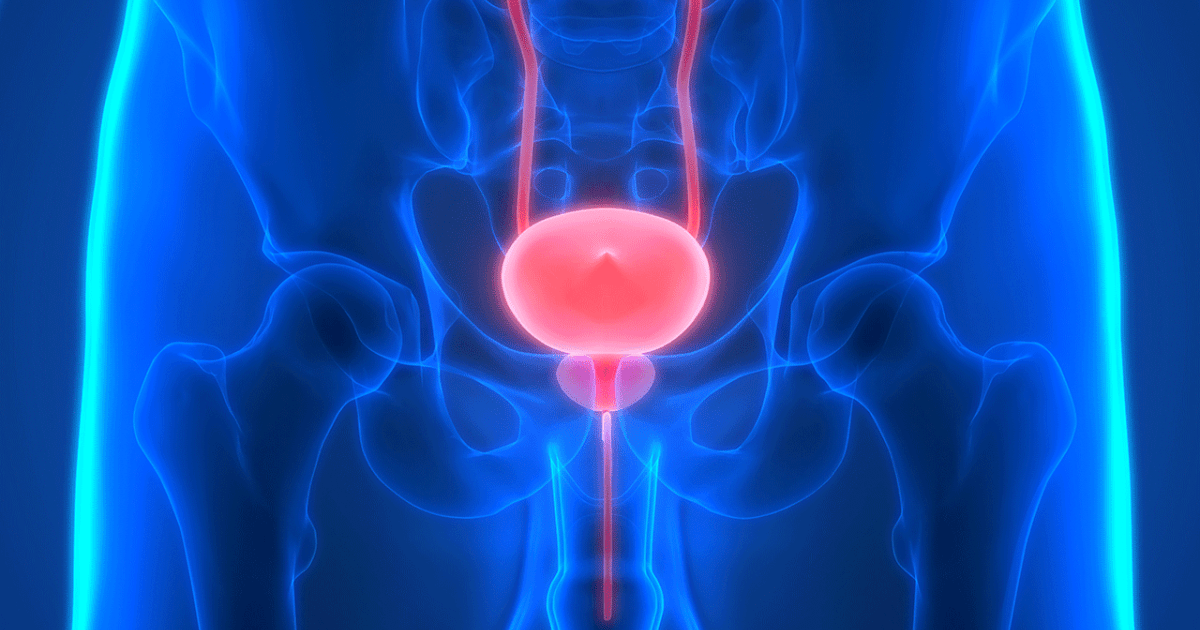What is it and how to treat urinary incontinence in women?
Urinary incontinence is the involuntary loss of urine by the urethra.
This is a frequent problem that arises in both sexes and can occur in any age group, but is more prevalent in females, and is estimated to affect about 33% of women over 40 years of age.
Its causes are several, so this is not a disease in itself, but a symptom of an underlying pathology that may or may not be accompanied by other complaints. Likewise, it arises in a wide spectrum of severity, from light and occasional losses to daily and abundant losses, with severe impairment of quality of life.
The main types of urinary incontinence in women are Stress Incontinence, Urge incontinence or Imperiosity and Mixed Incontinence.
The most frequent is Stress Urinary Incontinence, in which losses occur during physical activity such as running or playing sports or with minor efforts, such as laughing, coughing or sneezing. It is due to the weakening of the pelvic floor muscles, which support the urogenital organs and aid the closure of the urethra and more rarely by dysfunction of the urethral sphincter itself.
Incontinence due to urgency or imperiousness occurs due to sudden and involuntary contraction of the bladder wall muscle, accompanied by an urgent and indeferred will of urine. Urine loss can arise even at rest and is unpredictable, and there are situations that can precipitate it, such as hearing or stirring water or at the time of opening the door of the house. It can result from disturbances at different levels, which involve nervous control of urination, such as multiple sclerosis, stroke and spinal cord injuries. This type of incontinence seriously compromises the quality of life since the fear that this occurs in inappropriate places conditions daily activities and dictates specific behaviors.
In almost 30% of women with urinary incontinence occur simultaneously these two types of losses, redesigned as mixed incontinence. In this case, the underlying causes of each of them coexist so it is the three that most impair the quality of life.
In females, which are the main risk groups?
Risk groups vary depending on the type of urinary incontinence, but overall the most affected are postmenopausal women, as aging is associated with both pathophysiological mechanisms described. In the specific case of Stress incontinence obesity, pregnancy and vaginal delivery, especially if multiple, are common risk factors. Some treatments such as radiotherapy or pelvic surgery may also be associated with both types of urine losses.
What care should you take in the face of this health problem?
Women with urinary incontinence should seek medical help early. Although very frequent, this pathology is still very hidden by those who suffer from it for factors such as shame, belief that it is something normal in the aging process or even by ignorance of the existence of effective treatments.
Early treatment prevents secondary problems, such as dermatitis due to diaper use and especially psychological damage associated with insecurity and deterioration of self-esteem and quality of life.
Other important precautions are maintaining good daily hydration, an active life and balanced diet in order to avoid obesity and constipation.
What is treatment based on?
The treatment of various types of urinary incontinence is constantly evolving and has in most cases very high success rates. This should be individualised depending on the type of urinary incontinence and the characteristics of the patient, including other morbidities which also suffer, however there are some simple measures that help to minimize urine losses and should be implemented in all cases, such as maintaining a weight appropriate to height and promote functioning of the intestine.
In the case of stress urinary incontinence, noninvasive measures undergo the rehabilitation of the pelvic floor in the context of Physical Medicine and Rehabilitation, through the practice of specialized exercises whose objective is the strengthening of the muscles that constitute it and that can be assisted by biofeedback techniques. In cases of mild incontinence may be effective in resolving or reducing losses to an acceptable level.
In more severe cases or in the failure of noninvasive measures, stress urinary incontinence in women can be successfully treated through minimally invasive surgical procedures, such as para-urethral suspension through autologous slings or synthetic tape placement, with rapid postoperative recovery and immediate results.
In urgent urinary incontinence in addition to the general measures already described, it is important to recognize and identify some foods that may have an irritating effect on the bladder, such as alcohol, coffee or citrus fruits which, through individual susceptibility of the patient, may precipitate or aggravate losses. Rehabilitation of pelvic floor muscles also plays an important role and should be implemented early. Pharmacological treatment is available in this type of urinary incontinence and aims to induce relaxation or inhibit bladder muscle contraction. In case of failure of oral treatment, it may be necessary to inject substances into the bladder wall itself or, ultimately, neuromodulation, by means of implants that aim to model the neural control of the bladder.







![slider_blaxi_lifewell_v1[2]](https://lifewell.pt/wp-content/uploads/2022/02/slider_blaxi_lifewell_v12-1024x363.jpg)

